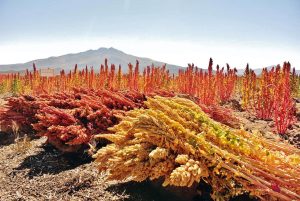In this comprehensive guide, we’ll explore the best hardy vegetables to grow in USDA Zone 6, when to plant them, and how to ensure a successful autumn harvest.
Spinach
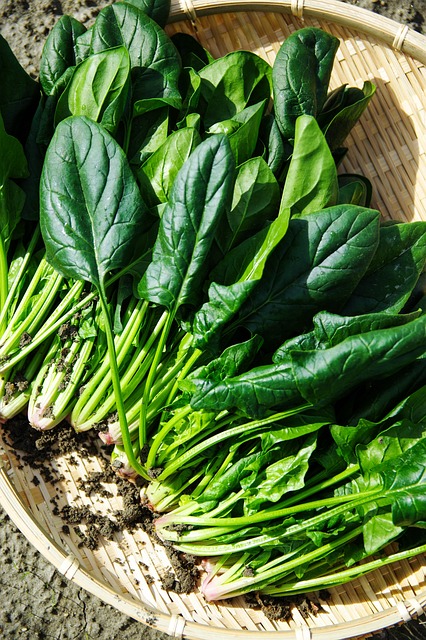
Spinach is a cool-weather vegetable that thrives in the fall garden in Zone 6. This nutrient-dense green can withstand temperatures as low as 25°F (-4°C) and even tolerate a light frost. Spinach grows best in well-drained, fertile soil and prefers full sun to partial shade. When planting spinach for a fall harvest, aim to sow the seeds 4-6 weeks before the first expected frost. This will give the plants enough time to establish a strong root system and develop their signature dark green, crinkly leaves before the cold weather sets in. Spinach is a fast-growing crop, maturing in as little as 4-6 weeks, making it an excellent choice for a quick fall harvest. Be sure to harvest the outer leaves first, allowing the inner leaves to continue growing for an extended harvest season.
Leeks
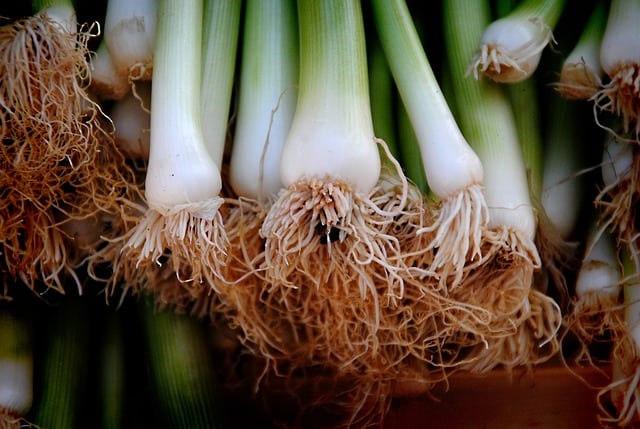
Leeks are a cold-hardy allium that thrive in the fall garden in Zone 6. These flavorful vegetables can withstand temperatures as low as 25°F (-4°C) and even tolerate a light freeze. Leeks prefer well-drained, nutrient-rich soil and full sun exposure. When planting leeks for a fall harvest, sow the seeds or transplant the seedlings in the mid-to-late summer, about 8-10 weeks before the first expected frost. This will give the plants enough time to develop their signature long, white shanks before the cold weather arrives. Leeks are a slow-growing crop, taking 90-120 days to reach maturity, but their ability to withstand cold temperatures makes them a valuable addition to the fall garden. To harvest, simply dig up the entire plant, being careful to keep the white shank intact.
Radishes
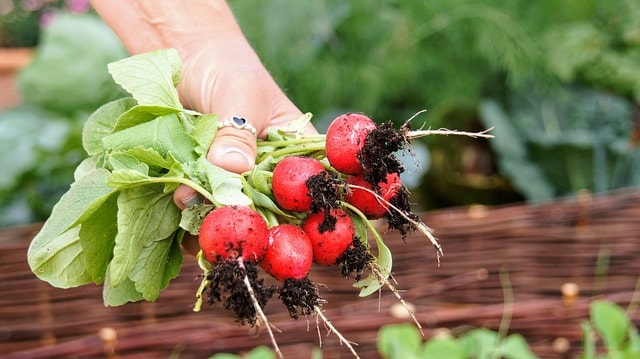
Radishes are a quick-growing, cold-tolerant vegetable that are well-suited for the fall garden in Zone 6. These crunchy roots can withstand temperatures as low as 28°F (-2°C) and even tolerate a light frost. Radishes prefer well-drained, nutrient-rich soil and full sun exposure. When planting radishes for a fall harvest, sow the seeds 4-6 weeks before the first expected frost. This will allow the radishes to mature before the cold weather sets in, resulting in a crisp, flavorful crop. Radishes are one of the fastest-growing vegetables, maturing in as little as 3-4 weeks, making them an excellent choice for a quick fall harvest. Be sure to harvest the radishes as soon as they reach the desired size, as they can become woody and bitter if left in the ground too long.
Mustard Greens

Mustard greens are a peppery, cold-hardy green that thrive in the fall garden in Zone 6. These nutrient-dense leaves can withstand temperatures as low as 25°F (-4°C) and even tolerate a light frost. Mustard greens prefer well-drained, fertile soil and full sun exposure. When planting mustard greens for a fall harvest, sow the seeds 4-6 weeks before the first expected frost. This will give the plants enough time to establish a strong root system and develop their signature spicy-sweet leaves before the cold weather arrives. Mustard greens are a fast-growing crop, maturing in as little as 4-6 weeks, making them an excellent choice for a quick fall harvest. Be sure to harvest the outer leaves first, allowing the inner leaves to continue growing for an extended harvest season.
Turnips
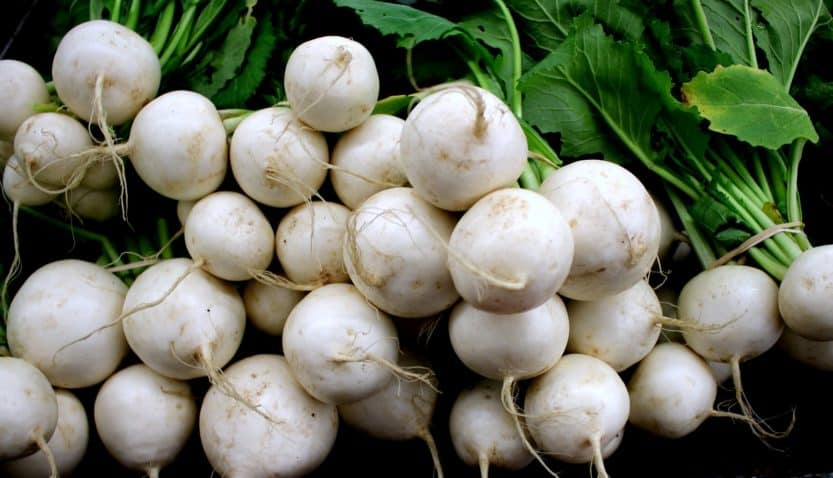
Turnips are a versatile, cold-tolerant root vegetable that thrive in the fall garden in Zone 6. These crunchy roots can withstand temperatures as low as 28°F (-2°C) and even tolerate a light freeze. Turnips prefer well-drained, nutrient-rich soil and full sun exposure. When planting turnips for a fall harvest, sow the seeds 6-8 weeks before the first expected frost. This will give the roots enough time to develop their signature round shape and tender texture before the cold weather sets in. Turnips are a relatively fast-growing crop, maturing in as little as 6-8 weeks, making them a great option for a mid-to-late fall harvest. Be sure to harvest the turnips as soon as they reach the desired size, as they can become woody and bitter if left in the ground too long.
Collard Greens
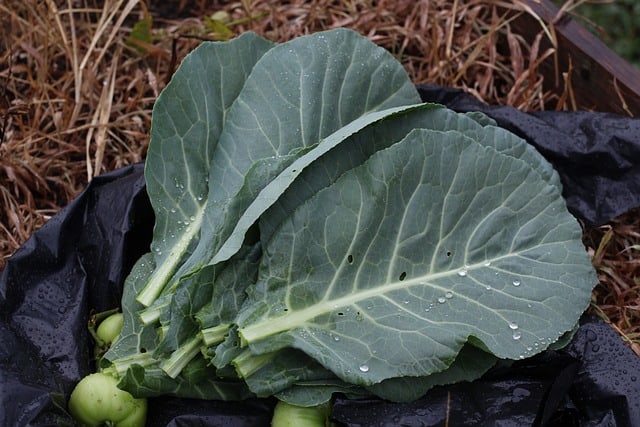
Collard greens are a hardy, cold-tolerant green that excel in the fall garden in Zone 6. These nutrient-dense leaves can withstand temperatures as low as 25°F (-4°C) and even tolerate a light frost. Collard greens prefer well-drained, fertile soil and full sun exposure. When planting collard greens for a fall harvest, sow the seeds or transplant the seedlings 6-8 weeks before the first expected frost. This will give the plants enough time to establish a strong root system and develop their signature large, waxy leaves before the cold weather arrives. Collard greens are a relatively slow-growing crop, taking 70-90 days to reach maturity, but their ability to withstand cold temperatures makes them a valuable addition to the fall garden. To harvest, simply cut the outer leaves, allowing the inner leaves to continue growing for an extended harvest season.
Beets
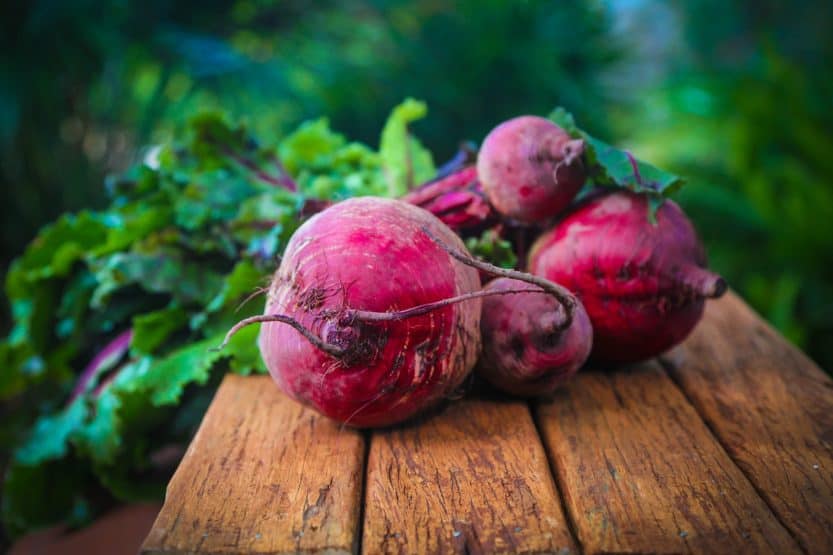
Beets are a semi-hardy, cool-weather vegetable that thrive in the fall garden in Zone 6. These vibrant roots can withstand temperatures as low as 29°F (-2°C) and even tolerate a light frost. Beets prefer well-drained, nutrient-rich soil and full sun exposure. When planting beets for a fall harvest, sow the seeds 6-8 weeks before the first expected frost. This will give the roots enough time to develop their signature round shape and sweet, earthy flavor before the cold weather sets in. Beets are a relatively fast-growing crop, maturing in as little as 6-8 weeks, making them a great option for a mid-to-late fall harvest. Be sure to harvest the beets as soon as they reach the desired size, as they can become tough and woody if left in the ground too long.
Lettuce

Lettuce is a semi-hardy, cool-weather vegetable that thrives in the fall garden in Zone 6. These crisp, refreshing greens can withstand temperatures as low as 32°F (0°C) and even tolerate a light frost. Lettuce prefers well-drained, nutrient-rich soil and partial shade. When planting lettuce for a fall harvest, sow the seeds or transplant the seedlings 4-6 weeks before the first expected frost. This will give the plants enough time to establish a strong root system and develop their signature tender leaves before the cold weather arrives. Lettuce is a relatively fast-growing crop, maturing in as little as 4-6 weeks, making it an excellent choice for a quick fall harvest. Be sure to harvest the outer leaves first, allowing the inner leaves to continue growing for an extended harvest season.
Carrots
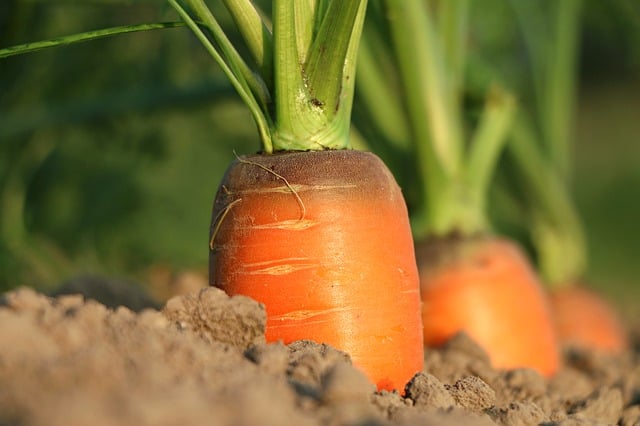
Carrots are a semi-hardy, cool-weather vegetable that excel in the fall garden in Zone 6. These crunchy roots can withstand temperatures as low as 29°F (-2°C) and even tolerate a light frost. Carrots prefer well-drained, nutrient-rich soil and full sun exposure. When planting carrots for a fall harvest, sow the seeds 8-10 weeks before the first expected frost. This will give the roots enough time to develop their signature long, tapered shape and sweet, earthy flavor before the cold weather sets in. Carrots are a relatively slow-growing crop, taking 10-12 weeks to reach maturity, but their ability to withstand cool temperatures makes them a valuable addition to the fall garden. Be sure to harvest the carrots as soon as they reach the desired size, as they can become tough and woody if left in the ground too long.
Swiss Chard
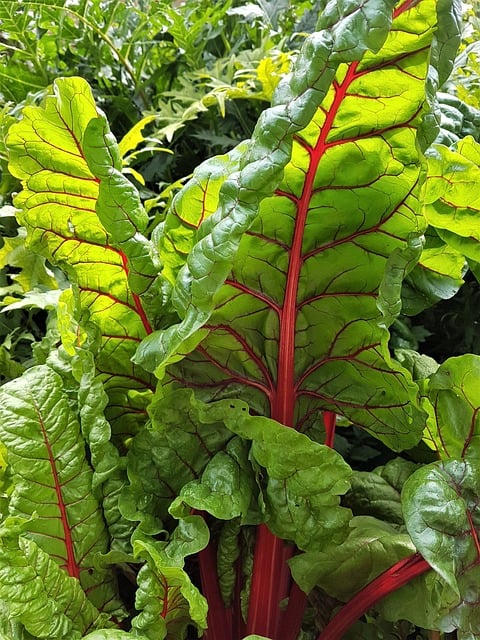
Swiss chard is a semi-hardy, cool-weather vegetable that thrives in the fall garden in Zone 6. These vibrant, nutrient-dense greens can withstand temperatures as low as 32°F (0°C) and even tolerate a light frost. Swiss chard prefers well-drained, nutrient-rich soil and full sun to partial shade. When planting Swiss chard for a fall harvest, sow the seeds or transplant the seedlings 6-8 weeks before the first expected frost. This will give the plants enough time to establish a strong root system and develop their signature large, crinkly leaves before the cold weather arrives. Swiss chard is a relatively fast-growing crop, maturing in as little as 6-8 weeks, making it an excellent choice for a mid-to-late fall harvest. Be sure to harvest the outer leaves first, allowing the inner leaves to continue growing for an extended harvest season.
Chinese Cabbage
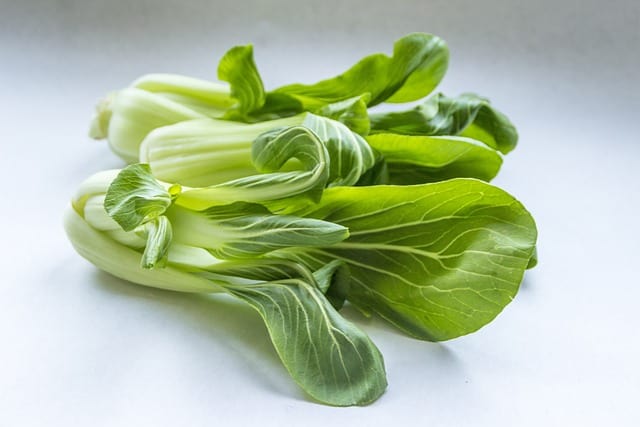
Chinese cabbage is a semi-hardy, cool-weather vegetable that thrives in the fall garden in Zone 6. These tightly-packed, elongated heads can withstand temperatures as low as 29°F (-2°C) and even tolerate a light frost. Chinese cabbage prefers well-drained, nutrient-rich soil and full sun exposure. When planting Chinese cabbage for a fall harvest, sow the seeds or transplant the seedlings 8-10 weeks before the first expected frost. This will give the plants enough time to develop their signature crisp, juicy leaves before the cold weather sets in. Chinese cabbage is a relatively slow-growing crop, taking 10-12 weeks to reach maturity, but its ability to tolerate cool temperatures makes it a valuable addition to the fall garden. Be sure to harvest the heads as soon as they reach the desired size, as they can become tough and bitter if left in the ground too long.
Endive
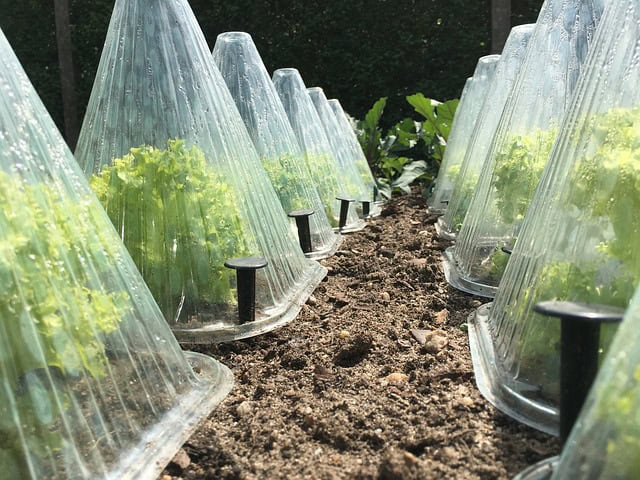
Endive is a semi-hardy, cool-weather vegetable that excels in the fall garden in Zone 6. These crunchy, slightly bitter greens can withstand temperatures as low as 32°F (0°C) and even tolerate a light frost. Endive prefers well-drained, nutrient-rich soil and partial shade. When planting endive for a fall harvest, sow the seeds or transplant the seedlings 6-8 weeks before the first expected frost. This will give the plants enough time to establish a strong root system and develop their signature tightly-packed, curly leaves before the cold weather arrives. Endive is a relatively slow-growing crop, taking 8-10 weeks to reach maturity, but its ability to tolerate cool temperatures makes it a valuable addition to the fall garden. Be sure to harvest the heads as soon as they reach the desired size, as they can become tough and bitter if left in the ground too long.
Rutabaga

Rutabaga, also known as Swedish turnip, is a semi-hardy, cool-weather root vegetable that thrives in the fall garden in Zone 6. These large, round roots can withstand temperatures as low as 29°F (-2°C) and even tolerate a light frost. Rutabaga prefers well-drained, nutrient-rich soil and full sun exposure. When planting rutabaga for a fall harvest, sow the seeds 10-12 weeks before the first expected frost. This extended growing period allows the roots to develop their signature sweet, earthy flavor and firm, dense texture before the cold weather sets in. Rutabaga is a relatively slow-growing crop, taking 12-14 weeks to reach maturity, but its ability to tolerate cool temperatures makes it a valuable addition to the fall garden. Be sure to harvest the rutabaga as soon as it reaches the desired size, as the roots can become woody and bitter if left in the ground too long.
Potatoes
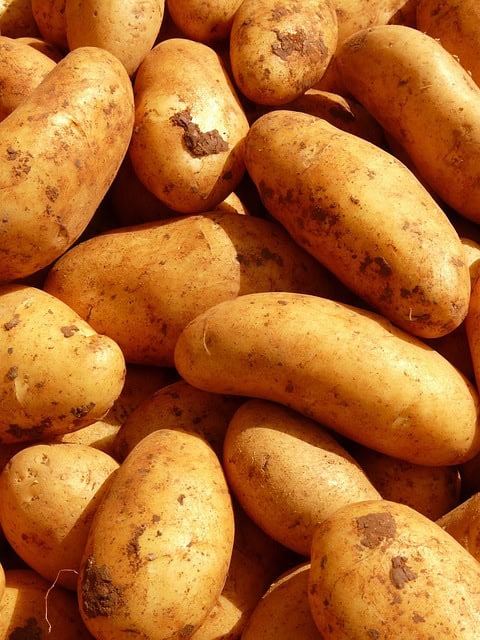
Potatoes are a semi-hardy, cool-weather crop that excel in the fall garden in Zone 6. These versatile tubers can withstand temperatures as low as 32°F (0°C) and even tolerate a light frost. Potatoes prefer well-drained, nutrient-rich soil and full sun exposure. When planting potatoes for a fall harvest, sow the seed potatoes 8-10 weeks before the first expected frost. This will give the plants enough time to develop their signature underground tubers and establish a strong root system before the cold weather arrives. Potatoes are a relatively slow-growing crop, taking 10-12 weeks to reach maturity, but their ability to tolerate cool temperatures makes them a valuable addition to the fall garden. Be sure to harvest the potatoes as soon as the plants begin to die back, as the tubers can become damaged by prolonged exposure to cold soil.
Celery
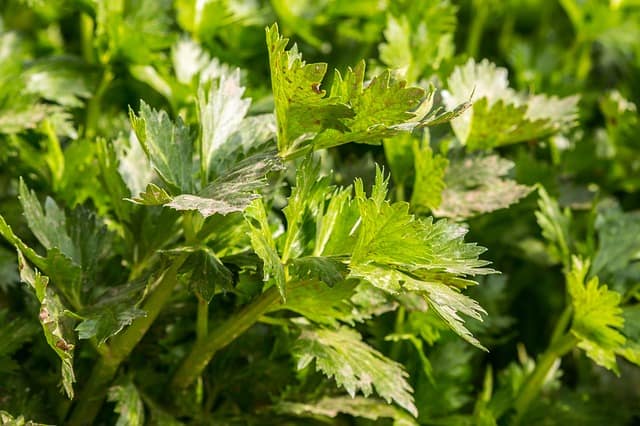
Celery is a semi-hardy, cool-weather vegetable that thrives in the fall garden in Zone 6. These crunchy, aromatic stalks can withstand temperatures as low as 32°F (0°C) and even tolerate a light frost. Celery prefers well-drained, nutrient-rich soil and partial shade. When planting celery for a fall harvest, sow the seeds or transplant the seedlings 10-12 weeks before the first expected frost. This extended growing period allows the plants to develop their signature thick, juicy stalks and robust flavor before the cold weather sets in. Celery is a relatively slow-growing crop, taking 12-14 weeks to reach maturity, but its ability to tolerate cool temperatures makes it a valuable addition to the fall garden. Be sure to harvest the celery stalks as needed, as the plants will continue to produce new growth throughout the fall season.
When to Plant Fall Vegetables in Zone 6
When it comes to planting a successful fall vegetable garden in Zone 6, timing is key. The first frost in this region typically arrives around November 1st, so gardeners need to plan their planting schedule accordingly.
For many of the semi-hardy vegetables that thrive in the fall, such as beets, lettuce, carrots, Swiss chard, and Chinese cabbage, the optimal planting time is 6-10 weeks before the first expected frost. This gives the plants enough time to become established and reach maturity before the cold weather sets in.
Crops with a slightly longer growing season, like rutabaga, potatoes, and celery, should be planted 8-12 weeks before the first frost. This extended timeframe allows these slower-growing vegetables to fully develop their signature flavors and textures.
It’s important to note that the exact timing may vary slightly depending on your specific microclimate and weather patterns in a given year. Paying close attention to your local forecasts and adjusting your planting schedule accordingly can help ensure a bountiful fall harvest.
By planning ahead and selecting the right semi-hardy vegetables for your Zone 6 garden, you can extend your growing season well into the cooler months. With a little foresight and care, you can enjoy a fresh, flavorful harvest of cool-weather crops long after the summer vegetables have finished their run.





